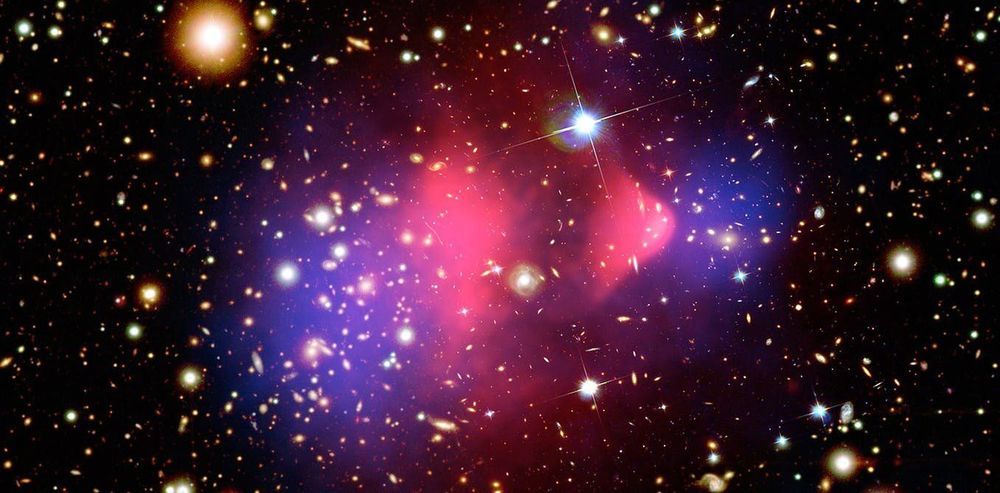Scientists have been searching for “dark matter” – an unknown and invisible substance thought to make up the vast majority of matter in the universe – for nearly a century. The reason for this persistence is that dark matter is needed to account for the fact that galaxies don’t seem to obey the fundamental laws of physics. However, dark matter searches have remained unsuccessful.
But there are other approaches to make sense of why galaxies behave so strangely. Our new study, published in the Journal of Cosmology and Astroparticle Physics, shows that, by tweaking the laws of gravity on the enormous scales of galaxies, we may not actually need dark matter after all.
The Swiss astronomer Fritz Zwicky discovered in the 1930s that velocities in galaxy clusters were too high to account for how much matter we could see. A similar phenomenon was described by several groups of astronomers, such as Vera Rubin and Kent Ford, when they studied the motion of stars at the far edges of the Andromeda Galaxy.

Dark matter is a supersolid that fills ‘empty’ space, strongly interacts with ordinary matter and is displaced by ordinary matter. What is referred to geometrically as curved spacetime physically exists in nature as the state of displacement of the supersolid dark matter. The state of displacement of the supersolid dark matter is gravity.
The supersolid dark matter displaced by a galaxy pushes back, causing the stars in the outer arms of the galaxy to orbit the galactic center at the rate in which they do.
Displaced supersolid dark matter is curved spacetime.